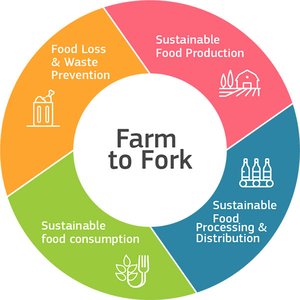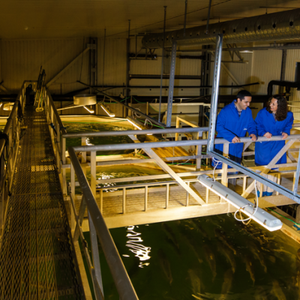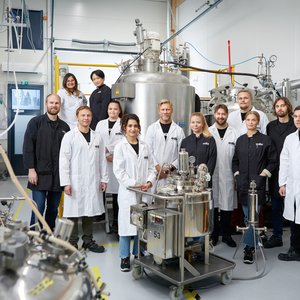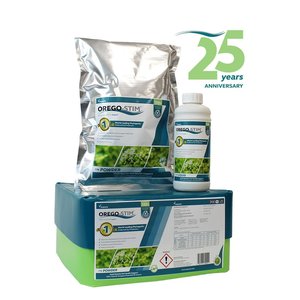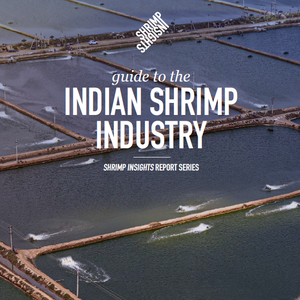The Alltech ONE Virtual Experience is being held this week with more than 21,500 registrants from 126 countries, uniting for a unique exploration of the future of agriculture, business and the world around us. The Alltech ONE Virtual Experience is the transformation of Alltech’s flagship event, ONE: The Alltech Ideas Conference (ONE), which typically attracts more than 3,500 attendees from more than 70 countries to Lexington, Kentucky, USA, each May.
As part of the Aquaculture Focus sessions, some presentations gave interesting insights on aquaculture nutrition.
Optimizing gut health and feed efficiency through genetic selection
As the aquaculture industry has moved forward to replace fishmeal with plant-based ingredients, soybean meal has been one of the most important ingredients utilized in recent years not without digestibility challenges. Vikas Kumar, Assistant Professor at the University of Idaho, presented the results of long research in partnership with USDA to find a way to use more soybean meal in rainbow trout. “We tried to select the trout lines that can utilize soybean in higher rates than 20% or 15% in a completely plant-based diet with no animal protein,” Kumar said.
Through a ten-year genetic selective program, the team selected a trout line that when fed on a plant-based diet grows higher than commercial trout fed on fishmeal-based diet. The selected trout increased feed efficiency up to 10-15%, reduced feed costs and it can be applied to other commercial fish, Kumar said.
Dynamic nutritional modeling
Predicting the digestible or bioavailable nutrients in feeds requires R&D trials that, due to the wide range of factors, sometimes are complicated to perform and they need a systematic approach. Dominique Bureau, Professor at the University of Guelph, talked about how nutritional modeling can help address these challenges, focusing on phosphorous digestibility.
His team classified the dietary forms of phosphorous into five types – bone, organic, phytate, monobasic and dibasic phosphorous – to estimate the different forms of phosphorous in over 400 ingredients, information that is available online for free at the International Aquaculture Feed Formulation Database (IAFFD). Afterward, they tested these types of phosphorous using a combination of experimental work and statistical mathematical modeling.
“With a simple mathematical model, few biological and chemical principles and simple mathematical equations, we were able to monitor and model the absorption of phosphorous not just overall but in different compartments of the gut,” Bureau said. This nutritional model applies to many different nutrients and explores the mode of action of different nutritional factors and solutions such as enzymes, gut health solutions and interactions between nutrients.
Balancing mineral nutritional requirements
Richard Murphy, research director at Alltech’s European Bioscience, talked about how different forms of nutrients like trace elements can have malnutrition-side effects. The reduction of fishmeal on diets leads to a reduction of essential elements like zinc, selenium and iron which need to be provided through the diet. Murphy highlighted the importance of the type of mineral added, especially the benefits of organic minerals in salmon performance. He also highlighted the importance of the type of organic mineral and the type of bonding group to which the mineral is attached and the relations between a well-balanced diet with vitamins and astaxanthin. “Different forms of trace elements can have malnutrient effects. So, when we think about reformulating diets and reducing levels of fishmeal in the diet and increasing the mineral supplementation levels, we need to have the correct form of trace element present,” Murphy said.
For more information about the event, visit one.alltech.com.



